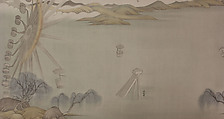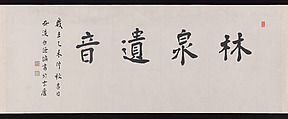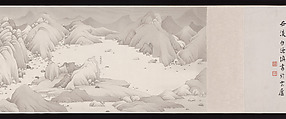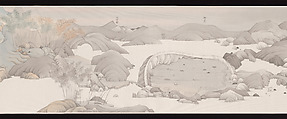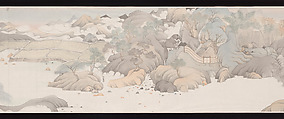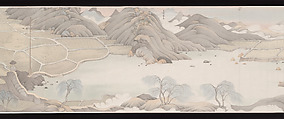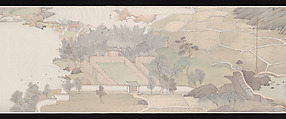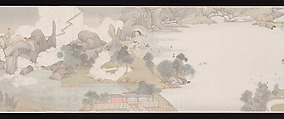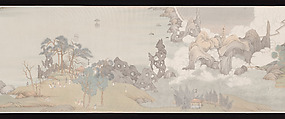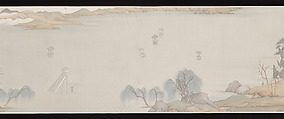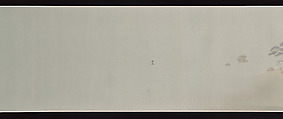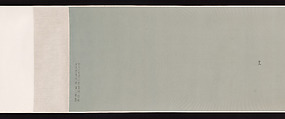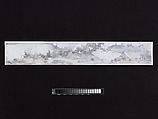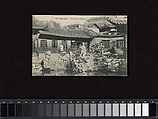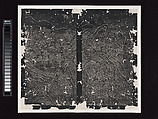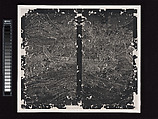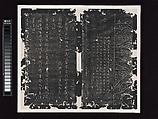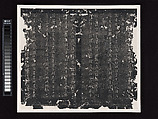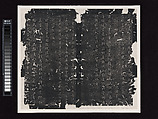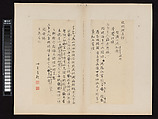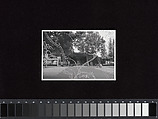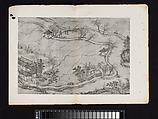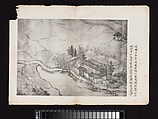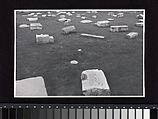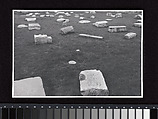The Virtuous Being
Hao Liang Chinese
Not on view
This work is a complex and layered homage to the history of literati gardens. The scroll begins by reimagining the most famous garden painting in Chinese history, Wang Wei’s (699–759) Wangchuan Villa, as a series of ghostly ruins. Slowly, the scroll transitions to color from black and white. The painting then shifts to an exploration of the Ming-dynasty garden of the scholar Wang Shizhen, in Taicang, Jiangsu. From there, Hao takes the viewer on a journey to the present day, where Wang’s garden, which was destroyed in the twentieth century, has been rebuilt. The new garden features a garish Ferris wheel, which Hao shows spinning off its axis and spewing its cars across the scroll, across boundaries of space and time.
Due to rights restrictions, this image cannot be enlarged, viewed at full screen, or downloaded.
This artwork is meant to be viewed from right to left. Scroll left to view more.
